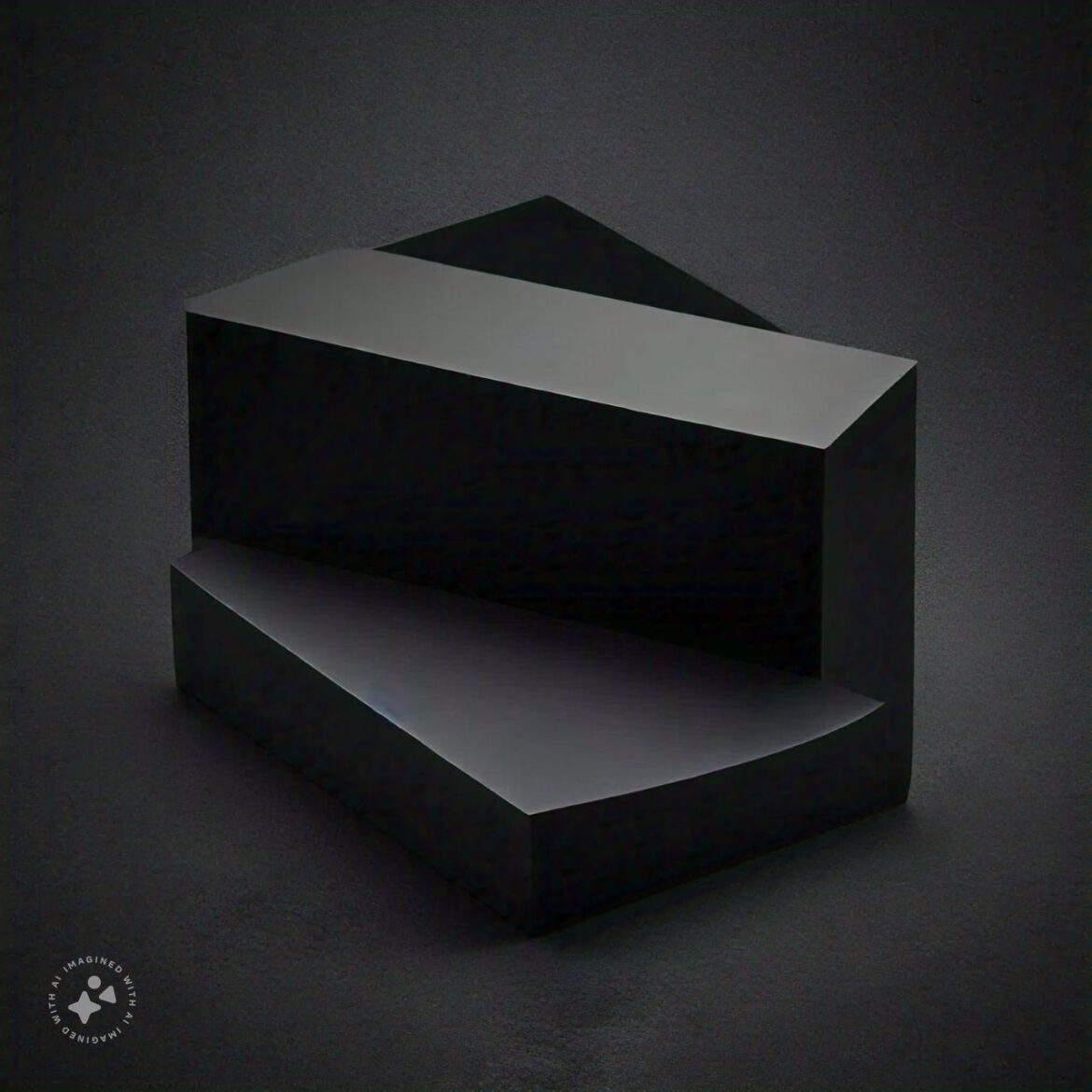A black rectangle is a common geometric shape that might not seem special at first glance, but it has a wide range of uses in our everyday lives. The simplicity of the black rectangle makes it versatile, allowing it to be used in art, technology, architecture, and more. By understanding the uses and symbols of black rectangles, we can appreciate their importance in both practical and creative contexts.
What makes a rectangle?
Definition and Basic Properties
A rectangle is a four-sided polygon, also known as a quadrilateral, with opposite sides that are equal in length and four right angles. When we talk about a black rectangle, we’re referring to this shape filled with the color black.
- Length and Width: The two longer sides are called the length, while the two shorter sides are the width.
- Right Angles: Each corner or vertex of a rectangle forms a 90-degree angle, which is known as a right angle.
- Parallel Sides: In a rectangle, opposite sides are parallel, meaning they run in the same direction and never meet.
Visual and Symbolic Impact of Black
The color black is often associated with strength, elegance, and authority. When applied to a simple shape like a rectangle, it can create a powerful visual element that draws attention and conveys meaning. In design, black rectangles can create contrast, focus, and a sense of depth.
Black rectangles in everyday life
Screens and Devices
Smartphones and Tablets: Most screens of electronic devices like smartphones, tablets, and laptops are black rectangles. The shape is practical for displaying content such as text, images, and videos. The black color often appears when the device is off or when a screen saver is active, providing a sleek, minimalist look.
Television Screens: TV screens are usually black rectangles when turned off, emphasizing the visual display when turned on. This shape is ideal for a wide viewing area, making it perfect for watching movies, shows, and sports.
Computer Monitors: Similar to TVs, computer monitors are often black rectangles. This shape accommodates the typical horizontal layout of content, such as documents, spreadsheets, and web pages.
Books and Printed Media

E-Readers: Devices like the Kindle are designed with black rectangular screens to mimic the appearance of traditional book pages. The black background of text on these devices provides high contrast, making it easier to read for long periods.
Book Covers and Pages: Traditional books also feature rectangular pages and covers. While not always black, the shape is optimal for holding text and images, making it easy to produce and read.
Advertising and Signage
Billboards: Many billboards use black rectangular designs to make their advertisements stand out. The bold, dark background can help emphasize bright colors and large text, ensuring the message is visible from a distance.
Digital Ads: Online advertisements often use black rectangles to create a strong visual impact. The black background helps focus attention on the main message or product being advertised.
Black Rectangles in Design
Framing and Layout
In graphic design, black rectangles are often used to frame elements like photos, text, and graphics. This framing technique draws the viewer’s attention to the content inside the rectangle, creating a focal point.
- Borders and Edges: A black rectangular border can add structure and definition to a design, separating different elements and creating a clean, organized look.
- Grid Systems: Designers use grids, often made up of black rectangles, to organize content in a way that is visually appealing and easy to read. These grids help ensure consistency and balance in the layout.
Minimalist Design
Minimalist design often employs black rectangles to create a simple yet powerful visual effect. By using clean lines and bold shapes, minimalist designs convey a sense of elegance and sophistication. Black rectangles can serve as key elements in these designs, providing structure and focus without overwhelming the viewer.
Black Rectangles in Art
Historical Use in Art
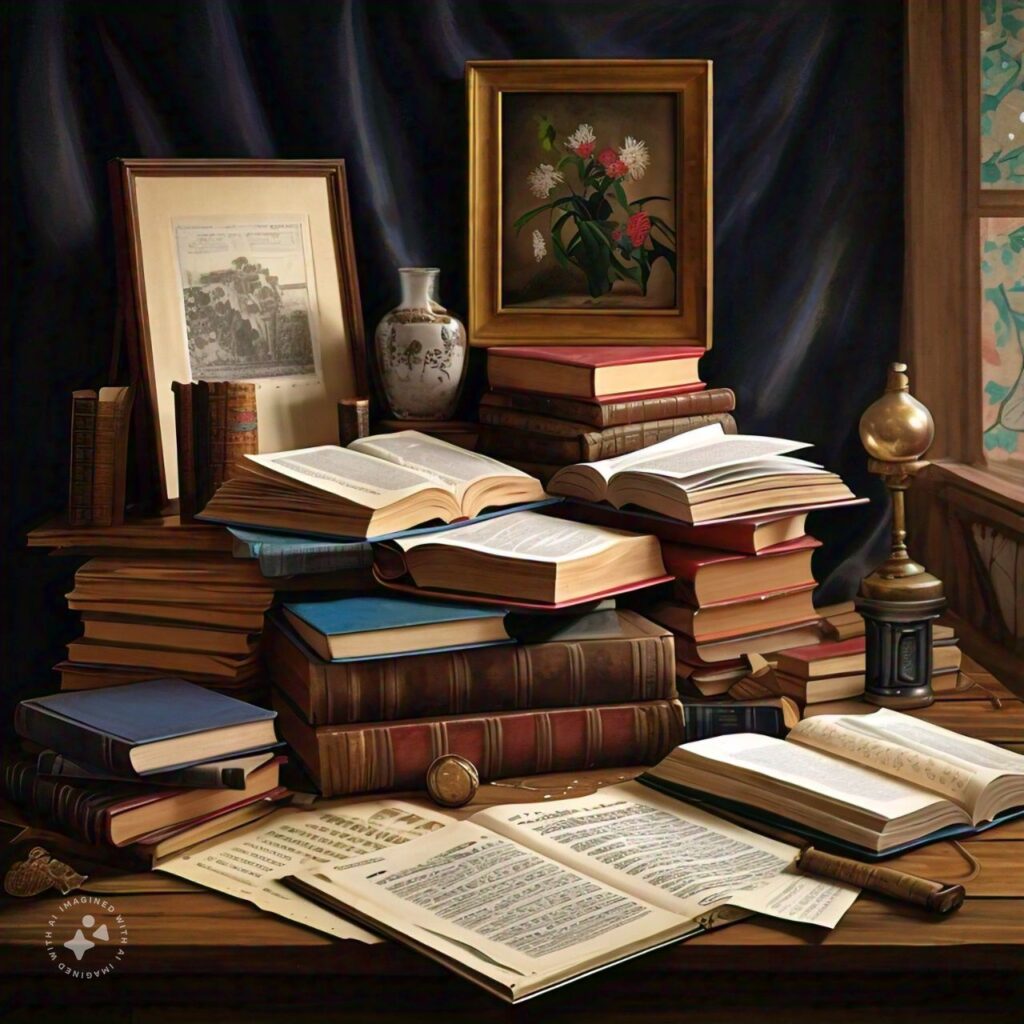
Throughout art history, rectangles have been used in various forms, and the color black has played a significant role in many movements. For example:
- Kazimir Malevich’s “Black Square”: This 1915 painting is a black square set against a white background. Although technically a square, it represents the use of black geometric shapes in abstract art. Malevich’s work marked a departure from traditional representation, emphasizing pure abstraction and simplicity.
- Piet Mondrian: An artist known for his use of geometric shapes, including rectangles, and primary colors. While Mondrian often used colored rectangles, the inclusion of black lines in his work created a stark contrast that became a hallmark of his style.
Modern Art and Black Rectangles
In contemporary art, black rectangles are still widely used. Artists experiment with different materials, textures, and techniques to explore the visual and emotional impact of this shape and color.
- Digital Art: Black rectangles are commonly used in digital art and design, often serving as backgrounds, frames, or key elements in compositions.
- Installation Art: In installation art, large black rectangles can be used to create immersive environments, influencing how viewers perceive and interact with the space.
Technology and Black Rectangles
User Interface Design
In technology, black rectangles are prevalent in user interface (UI) design. They are used in various ways to improve usability and aesthetics:
- Buttons: Many buttons on websites and applications are designed as black rectangles. This shape is easy to click or tap and provides a clear indication of where the user can interact.
- Menus and Navigation Bars: Black rectangular bars are often used for menus and navigation on websites and apps, providing a sleek and modern look that is easy to navigate.
Virtual reality (VR) and augmented reality (AR)
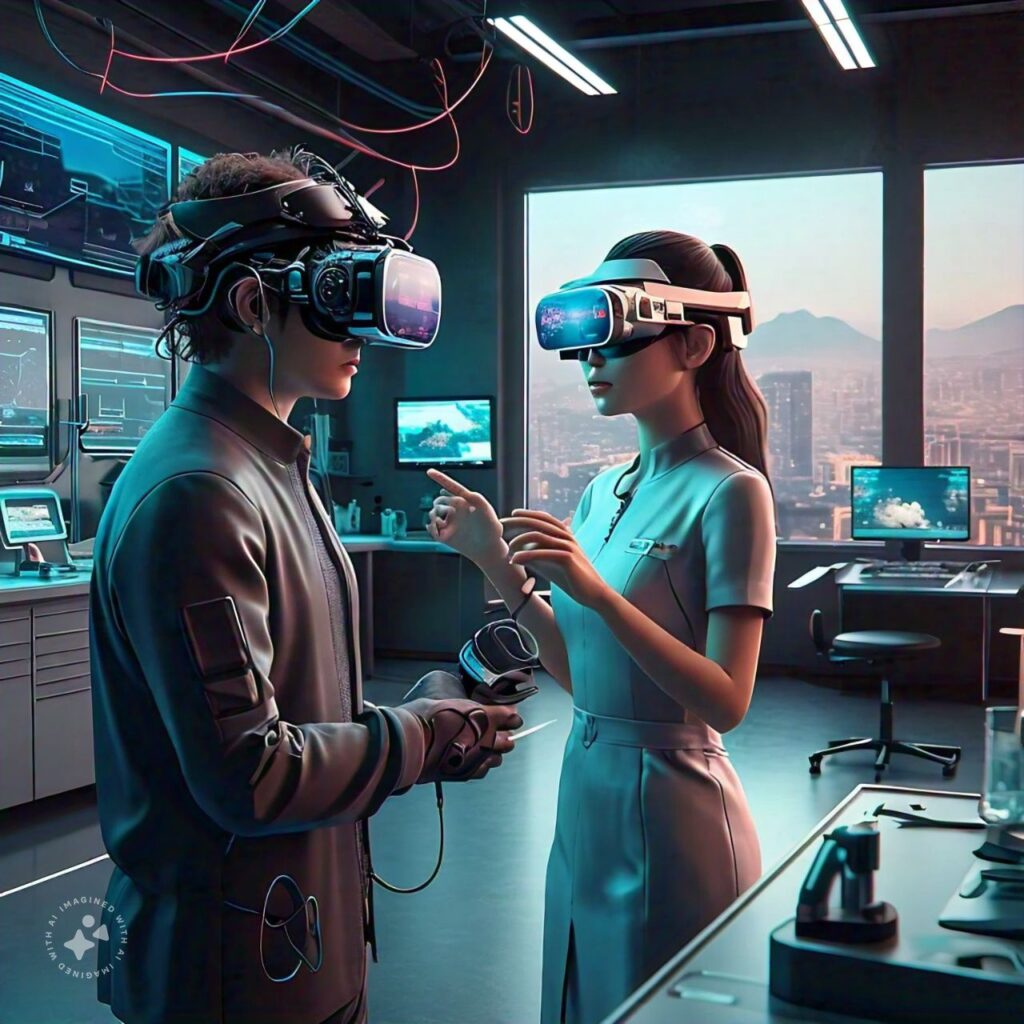
In VR and AR, black rectangles are used to create boundaries and define spaces within the virtual environment. This helps users understand the limits of the virtual world and enhances their overall experience.
- Virtual Objects: Black rectangles can be used to represent objects or screens in virtual environments, helping users interact with digital content realistically.
- Boundaries: In VR, black rectangles can mark the edges of the play area, ensuring users stay within a safe space while using the technology.
Black Rectangles in Architecture
Modern Architecture
In modern architecture, black rectangles are often used to create a sleek, minimalist aesthetic. This can be seen in:
- Windows and Facades: Many modern buildings feature black rectangular windows and facades. The shape and color provide a clean, contemporary look that is both functional and stylish.
- Interior Design: Inside buildings, black rectangular tiles, panels, and furniture are popular choices for creating a modern, sophisticated atmosphere.
Historical Architecture
While black rectangles are more commonly associated with modern architecture, they can also be found in historical buildings. For example:
- Ancient Temples and Structures: Some ancient temples and structures feature rectangular designs that may appear black due to aging or the use of dark materials.
- Medieval Castles and Fortresses: rectangular shapes were often used in the design of castles and fortresses, providing strong, functional spaces that could withstand attacks.
Fashion and Black Rectangles
Clothing and Patterns
In fashion, black rectangles are a common motif that can be found in various forms:
- Stripes and Blocks: Black rectangular stripes and blocks are popular in clothing designs, adding structure and style to garments. They can be used to create optical illusions, such as making the wearer appear taller or slimmer.
- Plaid and Checkered Patterns: Many plaid and checkered patterns incorporate black rectangles, creating a bold, graphic look that is both classic and modern.
Accessories
Black rectangular accessories are versatile and can be found in many styles:
- Bags and Wallets: Black rectangular bags and wallets are popular for their sleek, minimalist design. They are practical for everyday use and can complement various outfits.
- Belts and Ties: Black rectangular belts and ties are classic accessories that add a touch of sophistication to any outfit.
Black rectangles in photography
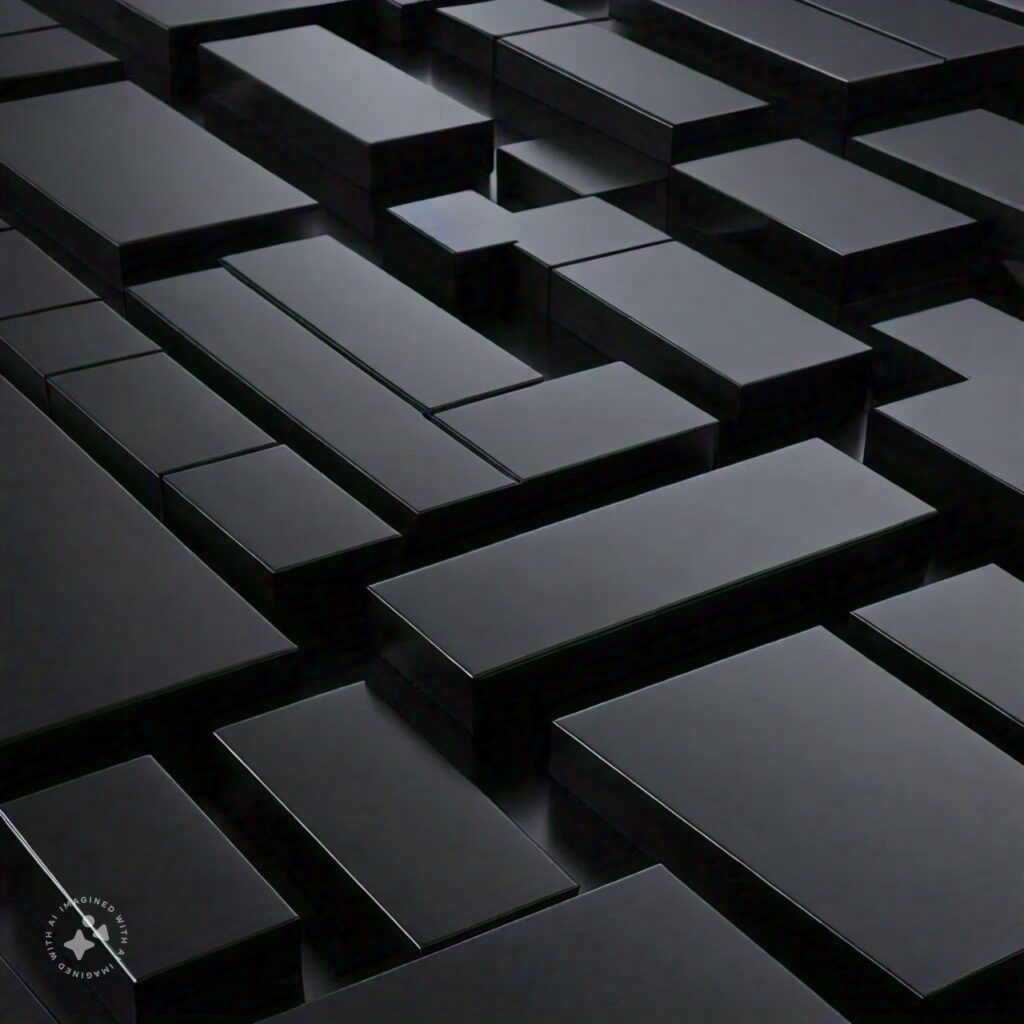
Composition and Framing
In photography, black rectangles play a significant role in composition and framing.
- Photo Frames: Black rectangular frames are commonly used to display photographs. The black color enhances the contrast and makes the photo stand out, drawing the viewer’s attention to the image.
- Aspect Ratios: Many photographs are taken in rectangular aspect ratios, such as 4:3 or 16:9. These ratios are designed to create a balanced, visually appealing composition.
Backgrounds and mattes
Photographers often use black rectangular backgrounds and mattes to enhance their photos.
- Studio Backgrounds: Black rectangular backgrounds are popular in studio photography, providing a clean, neutral backdrop that highlights the subject.
- Mattes: Black rectangular mattes are used in photo albums and frames to create a border around the photo, adding depth and focus to the image.
Black Rectangles in Advertising
Visual Impact
Black rectangles are often used in advertising to create a strong visual impact.
- Posters and Billboards: Black rectangular posters and billboards are eye-catching and can easily convey a message to a large audience. The black background creates a stark contrast with bright colors and bold text, making the ad more noticeable.
- Online Ads: Digital advertisements frequently use black rectangles to stand out on web pages and social media platforms. The simple, bold shape helps grab the viewer’s attention and communicate the message effectively.
Branding and Identity
Brands often use black rectangles in their logos and advertising materials to create a strong, recognizable identity.
- Logos: Many companies use black rectangles in their logos to convey a sense of strength, stability, and professionalism. The clean, simple shape is easy to recognize and can be adapted for various applications.
- Packaging: Black rectangular packaging is popular in the fashion, technology, and luxury goods industries. The sleek design conveys a sense of quality and sophistication, making the product more appealing to consumers.
The Psychology of Black Rectangles
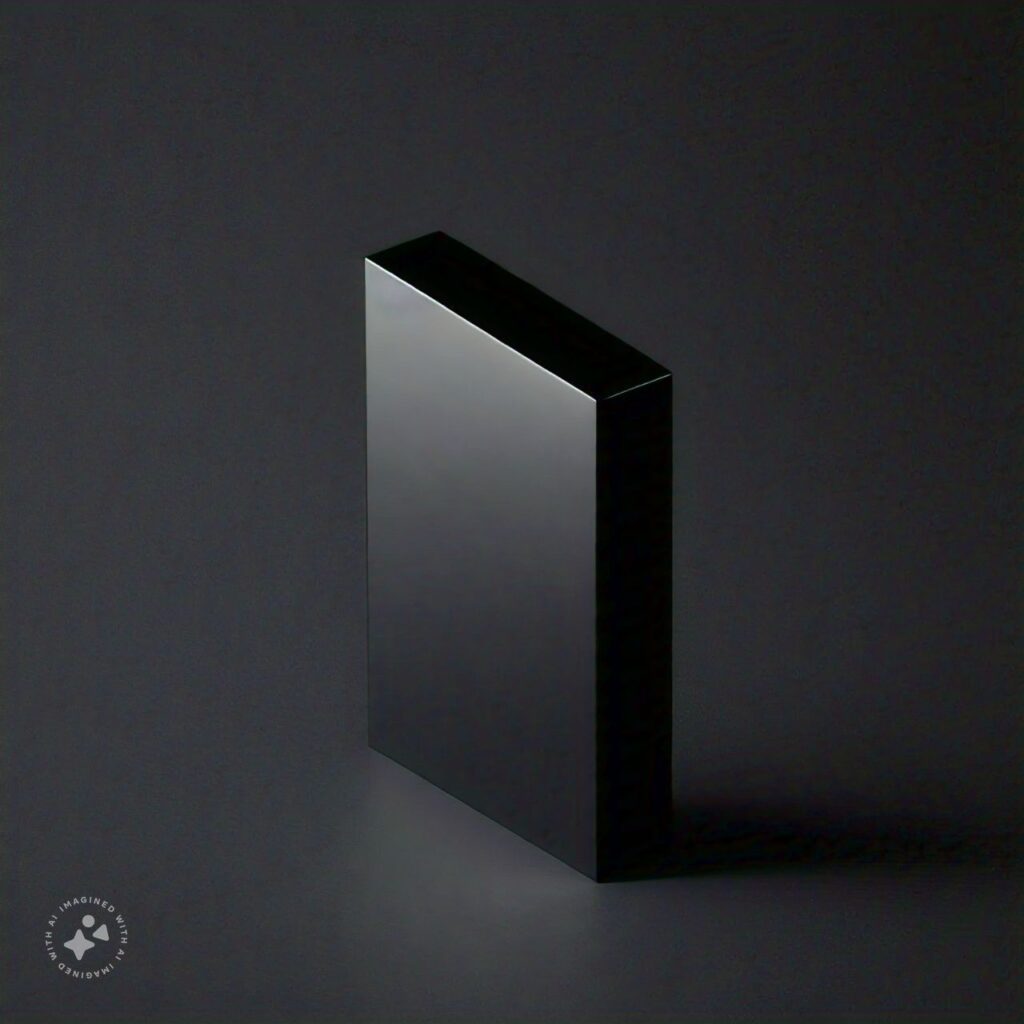
Emotional and psychological effects
The use of black rectangles can have various emotional and psychological effects on viewers.
- Power and Authority: Black is often associated with power, authority, and strength. Black rectangles can convey a sense of dominance and control, making them effective in settings where these qualities are desired.
- Elegance and Sophistication: Black is also linked to elegance and sophistication. Black rectangles can create a sleek, modern look that is both stylish and refined.
- Mystery and intrigue: Black rectangles can evoke feelings of mystery and intrigue. The dark color and simple shape can create a sense of curiosity and wonder, drawing viewers in and encouraging them to explore further.
Cultural Significance
The meaning and symbolism of black rectangles can vary across different cultures.
- Western Cultures: In Western cultures, black is often associated with formality, sophistication, and mourning. Black rectangles may convey a sense of seriousness or gravity in these contexts.
- Eastern Cultures: In some Eastern cultures, black can represent wealth, prosperity, and wisdom. Black rectangles may be seen as symbols of success and good fortune.
Black Rectangles in Nature
While black rectangles are not as common in nature as in human-made objects, they can still be found in various forms:
Natural Formations
- Rocks and Stones: Some rocks and stones can naturally form into rectangular shapes and appear black due to mineral content or weathering. These formations can be found in landscapes like cliffs, mountains, and riverbeds.
- Lava Formations: When lava cools and solidifies, it can create black rectangular shapes, especially in basaltic lava flows. These formations can be seen in volcanic regions around the world.
Shadows and Light
- Shadows: Shadows can create black rectangular shapes depending on the angle of the light and the shape of the object casting the shadow. This can be seen in everyday settings, such as the shadow of a rectangular building or object.
- Reflections: In certain lighting conditions, reflections on water or glass surfaces can create black rectangular shapes, adding an interesting visual element to the scene.
The Future of Black Rectangles
As technology and design continue to evolve, the use of black rectangles is likely to expand in new and innovative ways.
Emerging Technologies

- Flexible Screens: Flexible screens, which can bend and fold, are becoming more common. Black rectangular screens that can change shape could be used in a variety of applications, from smartphones to wearable devices.
- Augmented Reality (AR): In AR, black rectangles could be used to create virtual objects and spaces, enhancing the user experience and providing new ways to interact with digital content.
- Sustainable Materials: As sustainability becomes more important, black rectangular objects made from eco-friendly materials could become more popular. These materials could be used in products like packaging, furniture, and building materials.
Design Trends
- Minimalism: minimalist design continues to be a popular trend, and black rectangles are likely to remain a key element in this style. Their simplicity and versatility make them ideal for creating clean, modern designs.
- Bold Graphics: Bold graphic designs featuring black rectangles are also expected to continue gaining popularity. These designs can make a strong visual statement and are well-suited for a variety of applications, from advertising to product packaging.
Conclusion
The black rectangle is a simple yet powerful shape that has a significant impact on our lives. From design to technology to architecture art, black rectangles are everywhere, shaping how we interact with the world around us. By understanding the many uses and meanings of black rectangles, we can appreciate the creativity and thought that goes into everyday objects. So next time you see a black rectangle, take a moment to consider all the ways it contributes to our world.
